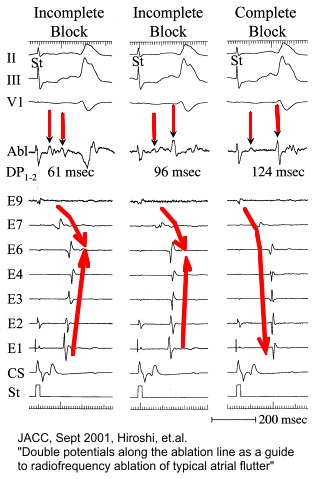
You may also undergo this test while doing light exercise to measure the changes in your heart under stress. Your doctor will examine this data to determine if your heart rate is higher than normal or has an irregular rhythm.
#Paroxysmal atrial flutter icd 10 code series#
The electrodes on your chest, arms, and legs attach to wires that send your heart’s electrical activity to a machine that prints them out as a series of wavy lines. Even a slight movement can affect the results. It’s important to stay still and relaxed. You will need to remain still and hold your breath for a few seconds. Your doctor will ask you to lie down and will then attach some electrodes to your chest, arms, and legs. An ECG measures the electrical activity in your heart. Your doctor may recommend an electrocardiogram (ECG) to help diagnose PAT. In rare cases, some people with Wolff-Parkinson-White syndrome may develop a rapid heart rate that is life-threatening. In most cases this condition isn’t life-threatening, but it can be uncomfortable. PAT is the most common form of tachycardia in infants and children. When an infant or child has PAT, their heart rate will be greater than 220 bpm. Infants and children normally have higher heart rates than adults - between 100 and 130 bpm. PAT can cause an adult’s heart rate to increase from between 60 and 100 beats per minute (bpm) to between 130 and 230 bpm. Other types of tachycardia that start in the atria include: Paroxysmal atrial tachycardia (PAT) is also known as paroxysmal supraventricular tachycardia (PSVT). Tachycardia means that the heart is beating abnormally fast. Atrial means that arrhythmia starts in the upper chambers of the heart (atria). Paroxysmal means that the episode of arrhythmia begins and ends abruptly.

Paroxysmal atrial tachycardia is a type of arrhythmia, or irregular heartbeat.


 0 kommentar(er)
0 kommentar(er)
